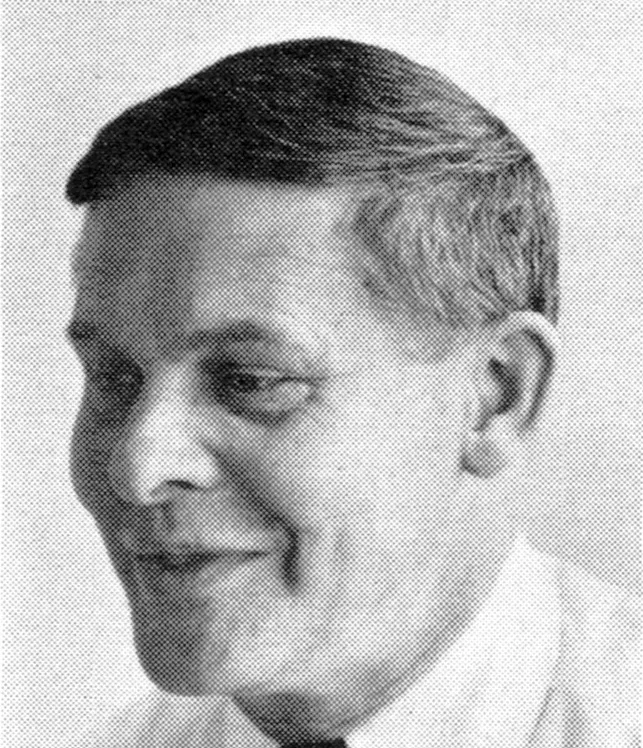

Information
Introduction:
Publication of this volume was inspired by the wish so often expressed by experts to see the best posters of the year from several countries collected into one book. Judging by the numerous proposals and hints received, the annual should supply a badly felt want, despite the many books already devoted to applied graphic art or to the work of independent artists. It is intended as a complete and readily accessible collection of documents, affording a comprehensive picture of international poster art, and forming a handy book of reference and an outstanding, stimulating and useful professional manual.
Compiled, designed and edited by W. H. Allner, under the art direction of A. M. Cassandre, this first issue of the International Poster Annual attempts to do justice to all these claims. It presents 479 posters by the best-known artists of 15 countries, with commentaries by W. H. Allner (France), Dr.
Eugen Bauer (Hungary), Jack Beddington C.B.E. (England), Fritz Bühler (Switzerland), Dr. E. Hölscher (Germany), E. McKnight Kauffer (U.S.A.), Jean Picart
Le Doux (France).
Text and captions in English, French and German.
Details
Linked Information
